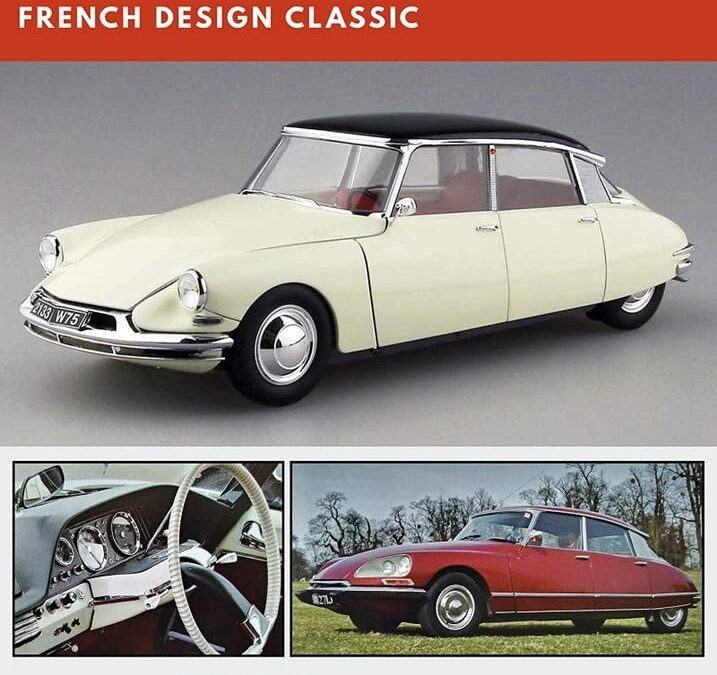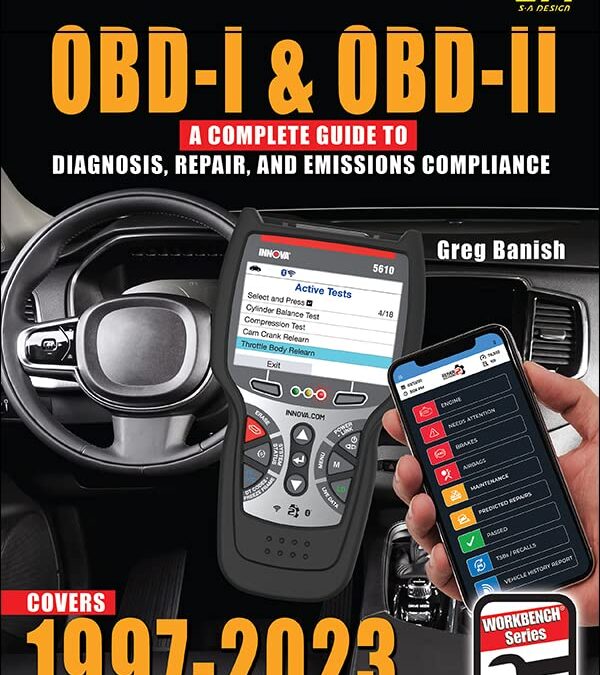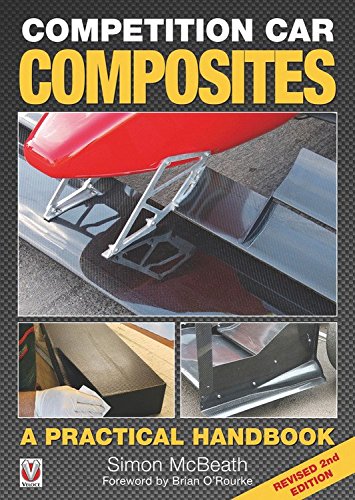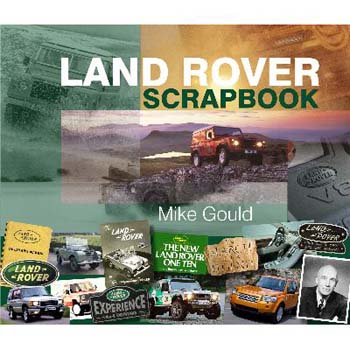
Launched in 1955 yet looking like a sci-fi design proposal for a future then undreamed of, Flaminio Bertoni’s ellipsoid sculpture with wheels that was the Citroën DS stunned the world.
There was a near riot at the 1955 Paris Motor Show launch of the car, orders flooded in for this, the new ‘big Citroën’ (a Voiture a Grande Diffusion or VGD) as the car that replaced the legendary Traction Avant range.
The term ‘DS’ stems from two Citroën parts of nomenclature – the type of engine used as the 11D, (D) and the special hemispherical design of the cylinder head as ‘Culasse Special’ (S): DS out of ‘Deesse’ or Goddess, was a more popular myth of ‘ DS’ origination, but an erroneous one.
But it was not just the car’s aerodynamically advanced body shape (Cd. 0.37) that framed the genius of the DS: hydro pneumatic self-levelling suspension, advanced plastics and synthetics for the construction of the roof and dashboard/fascia, and amazing road holding and cabin comfort were some of this car’s highlights.
Only the lack of an advanced new engine was deemed a missed opportunity. In fact Citroën had created a new engine for the car but lacked the resources to produce it in time for 1955.
DS was a major moment in the history of car design, one so advanced that it would take other auto manufacturers years to embrace. Yet DS in its ‘aero’ design was the precursor to today’s low drag cars of curved form.
Manufactured worldwide, used by presidents, leaders, diplomats, farmers and many types of people, the DS redefined Citroën, its engineering and design language, and its brand, for decades to come.
Prone to rust, not the safest car in the world, and always lacking a smoother powerplant, the DS still became an icon of car design.
Reshaped with a new nose and faired-in headlamps in 1967, DS remained in production until 1975.
Across its life DS spawned an estate car variant as the ‘Safari’, a range of limousines, two-door convertibles, and even coach-built coupes and rally specials.
This car was a product design that became an article of social science – it was that famous and it defined a European design movement upon a global stage then packed with ‘me too’ copyist designs.
The DS or ‘Goddess’ as it was tagged, was a tear-drop shaped act of French confidence in a world of the regurgitation of the known. Some argue that DS and its effect has never been surpassed.
This new value-for-money book provides innovative access to the design, history, and modeling of the revolutionary DS – one of the true ‘greats’ of motoring history and, a contemporary classic car of huge popularity.

Onboard diagnostics (OBD) systems have been an integral part of vehicle design for decades, as OBD-II became mandatory in 1996 for all cars manufactured in the United States. Almost every aspect of the diagnostics system evolved from emissions requirements that were placed on the automotive industry. Manufacturers responded with increasing complexity in the electronic controls and reporting of errors. Fortunately, some commonization followed in the industry, which made the job of a repair technician or do-it-yourself enthusiast slightly easier when working on these challenging systems. Passing emissions testing has become critically important to manufacturers of high-performance parts and installation shops. Both the US Environmental Protection Agency (EPA) and California Air Resources Board (CARB) have assessed massive fines for violations of the Clean Air Act based on information that is available from the vehicle’s OBD system. Many states now require vehicles to pass an OBD check to renew the registration, making proper operation even more important to consumers.
OBD-I & OBD-II: A Complete Guide to Diagnosis, Repair, & Emissions Compliance is an insider’s guide to modern original equipment manufacturer (OEM) diagnostics systems. As a former diagnostics and performance calibration engineer, Greg Banish guides you through critical electronic control unit (ECU) functions that ultimately lead to why the “check engine” light on the dash is lit. Strategies are provided for how to begin looking for a solution when problems are detected. Listing every imaginable repair is impossible, but this book provides a solid foundation from which to work by explaining the ECU’s logic in plain English. Practical examples from the author’s experience highlight important lessons that will save hours of frustration and confusion. In addition to repair tips, sound advice is given for those looking to modify their vehicles while maintaining the full functionality of the emissions and diagnostics systems.
Modern diagnostics systems can be a blessing or a curse, depending on your level of understanding. This book helps you harness the power of the diagnostics inside the ECU to improve the ability to find and make the right repair the first time. This book shows that by using commonly available electronic tools, the consumer has the power to access a wealth of information about his or her vehicle. It also helps those who are looking to improve performance do so without compromise to the environment or enforcement agencies. Whether you want to repair the vehicle yourself or simply want to possess an understanding of how these systems work while dealing with service professionals, this is the guide you need.

Composites have been around since ancient civilisations began making bricks from clay and straw. Glass fibre, carbon fibre and aramid fibres – to name but three – are recent innovations, yet today there are few competition cars that don’t have at least some components made out of one or more of these materials. However, while it is well known that glass fibre technology can be used in the home workshop, what may not be so widely realised is that more advanced fibres also lend themselves to DIY methods.
This revised edition of Competition Car Composites starts by examining the materials and methods that can be used, explaining basic ‘wet’ and ‘dry’ laminating techniques, pattern making and mould construction, and the design and manufacture of components. It then goes on to cover material and technology upgrades, and how more advanced materials can be exploited to achieve improved properties and reduced weight. The use of thermoplastic materials, resin infusion methods, and, especially, ‘pre-pregs’ in the home workshop, are also discussed, as are the composite techniques used by top racecar constructors.

“The Land Rover Scrapbook celebrates the British motor industry’s most enduring brand as it enters its Diamond Anniversary year.
The work employs a fusion of product information, company records, personal memorabilia and design ephemera, much of it published for the first time, to bring to life the marque’s colourful history.
The lush pictorial data is interwoven with a rich historical and product narrative from former Land Rover manager and motoring journalist, Mike Gould. As a key member of Land Rover’s sales, marketing and PR team for over 30 years, Gould is well-placed to offer fresh insights into the company’s business policy and design decisions. His honesty, passion and genuine affection for Land Rover make this work a unique record not only of the marque but of the personalities and products that built the business.
Quite simply, the Land Rover Scrapbook is essential reading for the millions of Land Rover owners worldwide anxious to explore their vehicle’s pedigree. It is also an invaluable addition to the library of anyone with an interest in the motor industry.
The Land Rover Scrapbook presents a unique perspective on a British automotive icon.”






